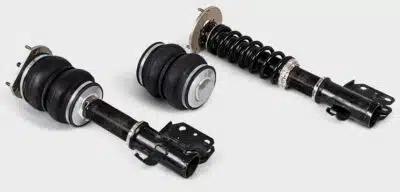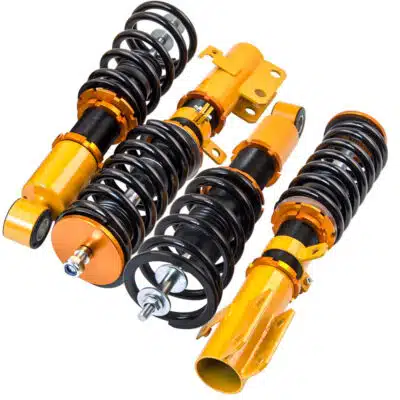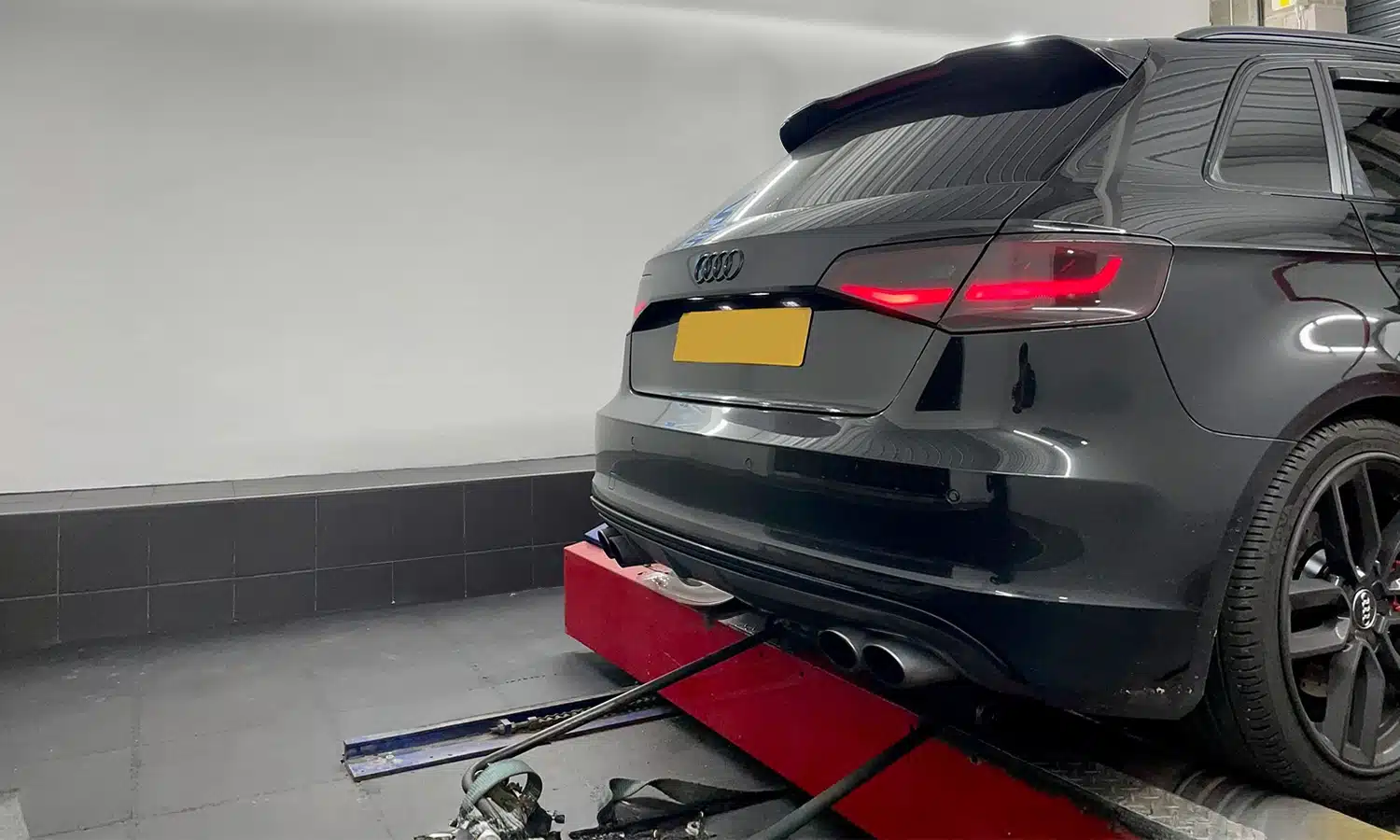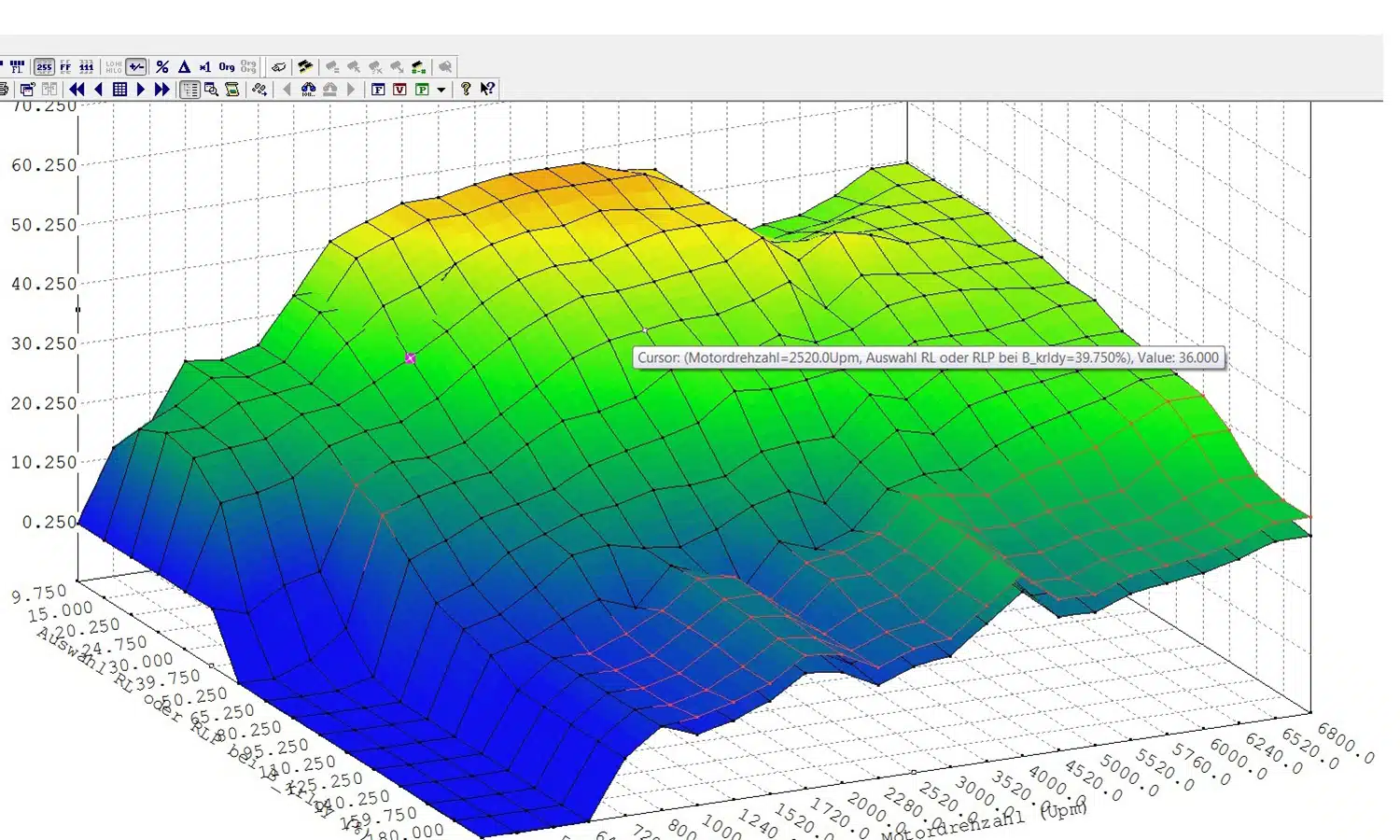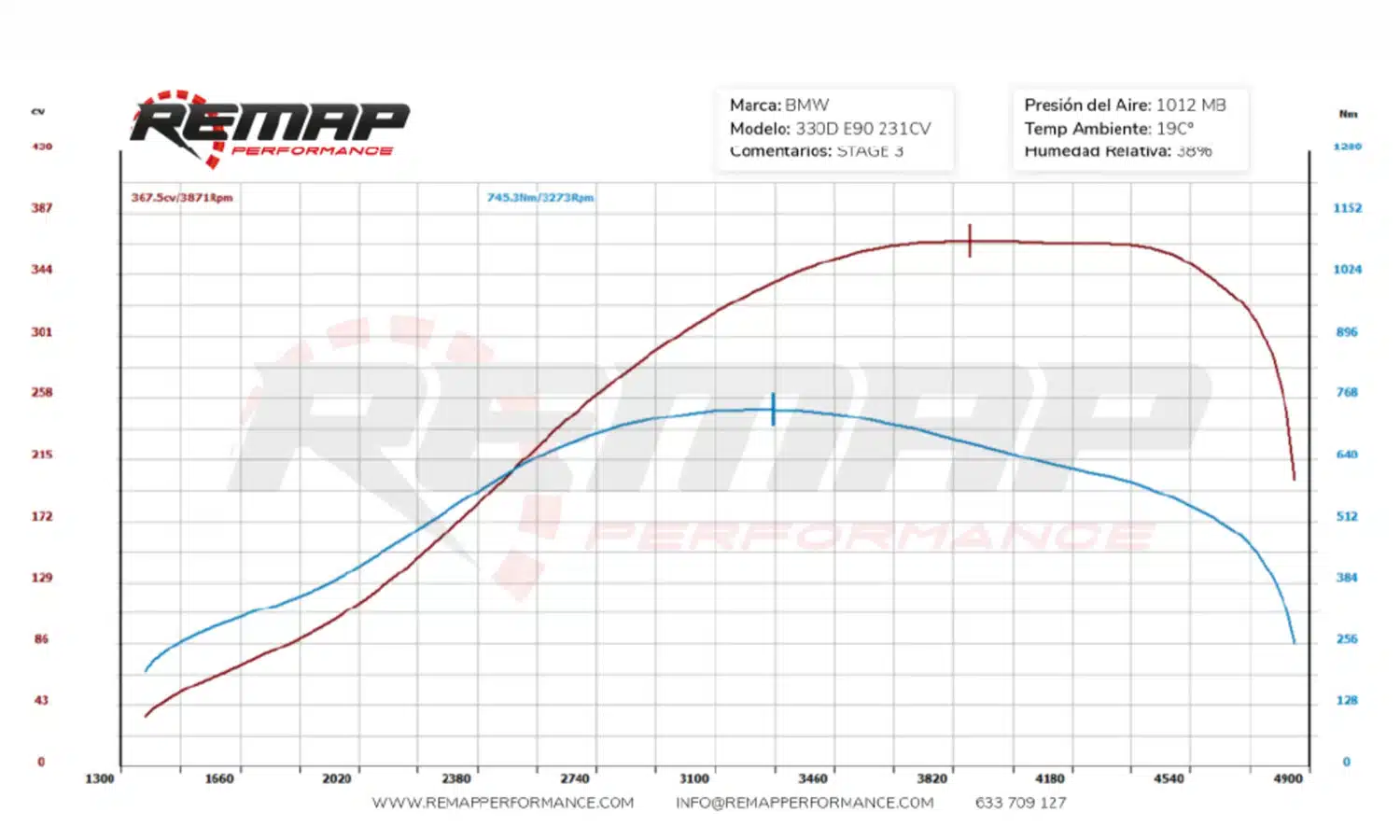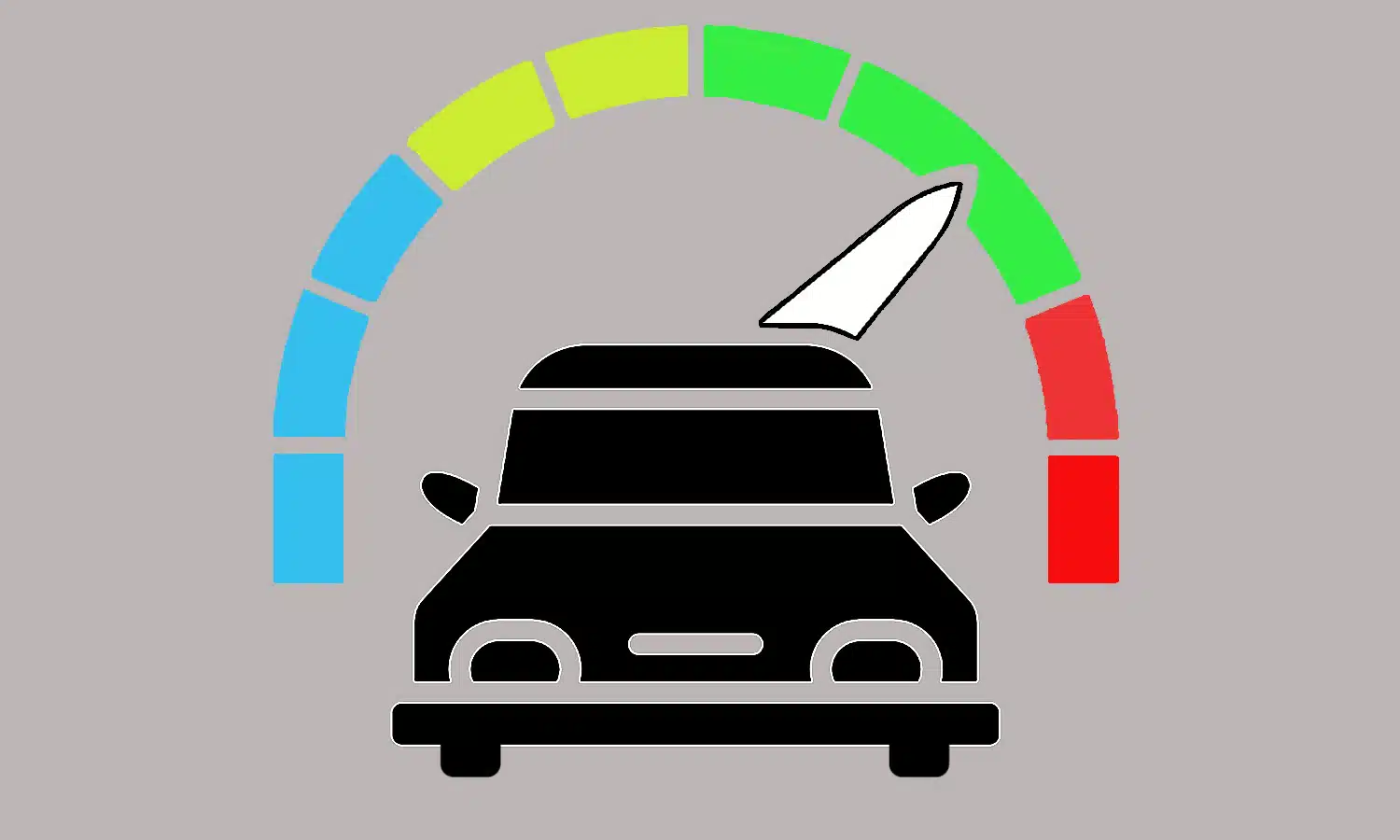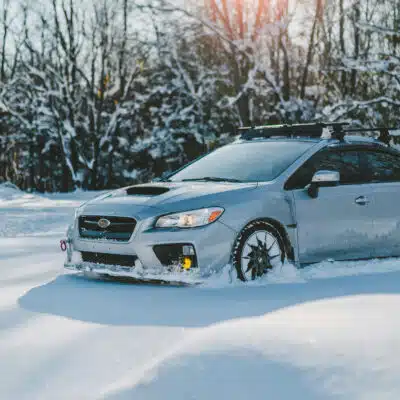


Air suspension systems enhance ride comfort and vehicle adaptability but face challenges in extreme temperatures. In cold weather, moisture can freeze within the system, causing blockages in airlines, valves, and fittings. To prevent this, it's essential to drain the air tank regularly, use airbrake antifreeze, and install water traps or air dryers to remove moisture. Additionally, rubber components like air bags become less elastic in low temperatures, increasing the risk of cracks or brittleness. Utilizing subzero-rated air bags and conducting regular inspections can mitigate these issues. Conversely, hot weather can accelerate rubber degradation and cause compressors to overheat. To address this, ensure proper ventilation for the compressor, inspect rubber components for heat-related damage, and minimize prolonged heat exposure by parking in shaded areas. Regular maintenance and seasonal adjustments are crucial to maintaining the reliability and performance of air suspension systems year-round.
Air suspension systems are a game-changer for ride comfort and vehicle adaptability, but cold weather can present unique challenges - especially for retrofit or aftermarket systems. These challenges primarily arise from two factors: moisture freezing inside the system and reduced elasticity of rubber components in low temperatures. Proper maintenance and preparation can help you ensure your air suspension system functions reliably, even in the harshest winter conditions.
Key Challenges and Solutions
1. Moisture Freezing Inside the System
Condensation is a natural by-product of air compression, but in cold weather, any moisture inside your system can freeze, leading to blockages in airlines, valves, and fittings.
How to Prevent Freezing Issues:
-
- Drain the Air Tank Regularly: Water accumulates in the tank over time. Draining it monthly - or more often in humid climates - prevents water buildup that could freeze.
- Add Airbrake Antifreeze: Specifically designed for pneumatic systems, airbrake antifreeze can be added to the airlines to prevent freezing in extreme conditions. This is especially important if your vehicle is used in subzero climates.
- Install a Water Trap, Dryer, or Cooling Coil: Water traps capture condensation before it enters the airlines, while air dryers actively remove moisture. Cooling coils can also help by condensing and collecting water vapor before it freezes. These are effective upgrades to ensure a dry air supply year-round.
2. Reduced Elasticity of Rubber Components
At low temperatures, rubber becomes less elastic, which can impact the flexibility and performance of air bags.
How to Maintain Rubber Components:
- Use Branded, Subzero-Rated Air Bags: Most high-quality branded air bags are rated for temperatures between -30° C and 70° C, making them suitable for year-round use. Choose air bags with these ratings to ensure durability in freezing conditions.
- Inspect Regularly for Damage: Check for cracks, hardening, or brittleness in the air bags and hoses. Catching issues early can save you from unexpected failures in extreme weather.
Real-World Examples: Cold Climates and Air Suspension Success
Air suspension systems are not limited to mild climates. Vehicles like Range Rovers and Bentleys, which often come with factory-installed air suspension, are designed to operate in freezing conditions. Additionally, many buses, lorries, motorhomes, and 4x4s use air suspension in cold environments, such as Russia, the Baltic States, and ski resorts.
The key to reliability in these conditions is proper moisture control and quality components. With regular maintenance, freezing issues can be entirely avoided - even in temperatures as low as -30° C.
Preparing for Summer: Seasonal Adjustments
While winter presents challenges, hot summer conditions also demand specific maintenance.
Why High Temperatures Can Be Problematic:
- Heat accelerates rubber degradation, making cracks and hardening more likely.
- Compressors can overheat if ventilation is inadequate, leading to reduced lifespan or performance issues.
How to Prepare for Summer:
- Inspect Rubber Components: Check for cracks, hardening, or other signs of degradation caused by heat exposure. Replace any components showing wear.
- Ensure Proper Compressor Ventilation: Make sure the compressor is installed in a location with adequate airflow. If necessary, add ventilation or cooling fans.
- Minimise Prolonged Heat Exposure: Parking in shaded areas or using sunshields can help protect the system from excessive heat during hot weather.
Pro Tips for Year-Round Air Suspension Maintenance
Seasonal maintenance is not just about weatherproofing - it’s about adapting your system to the challenges of your specific environment. By taking a proactive approach, you can maximise the performance and lifespan of your air suspension system, regardless of the season.
Key Takeaways:
- In winter, focus on moisture control and subzero-rated components.
- In summer, prioritise ventilation and heat protection for rubber components and compressors.
- Regular inspections and adjustments ensure your system stays reliable year-round.
With these tips, air suspension systems can be used confidently all year round - whether you're navigating icy roads to a ski resort or enduring sweltering summer heat.
